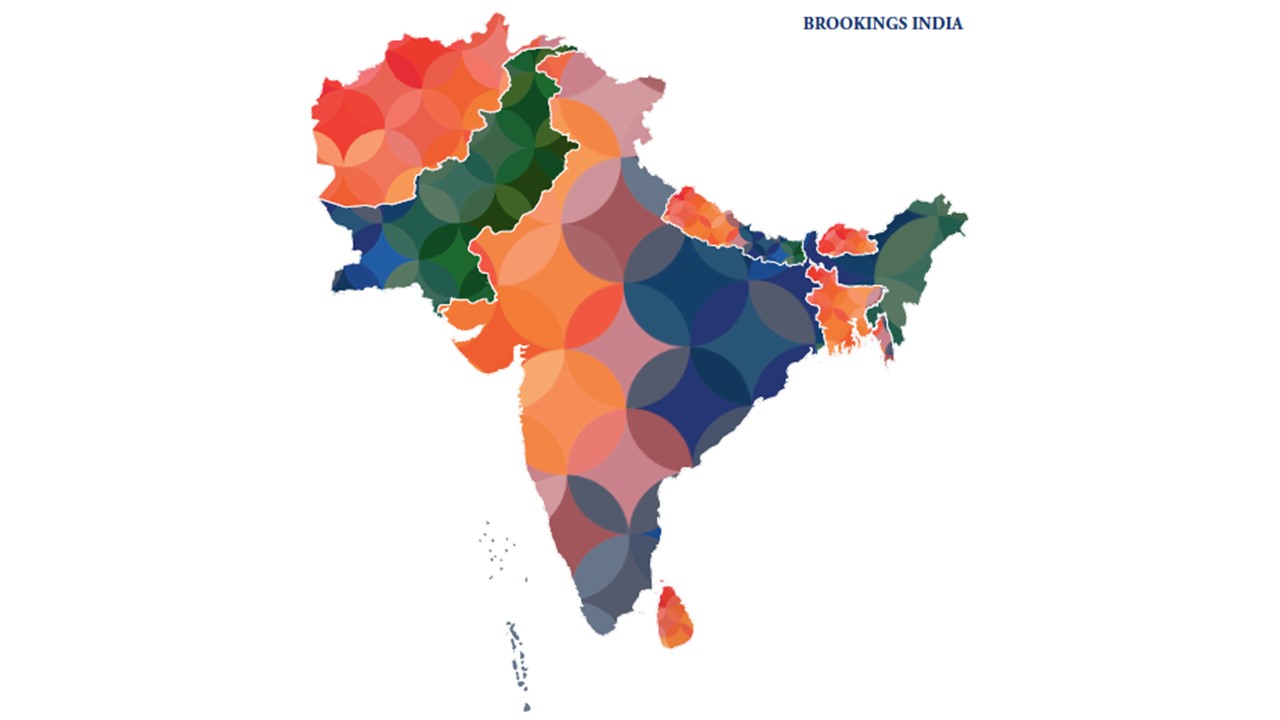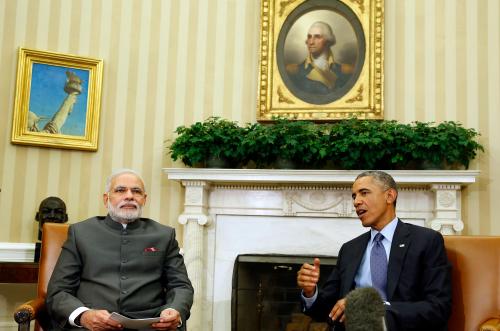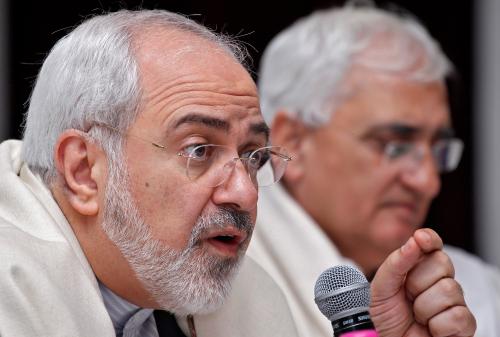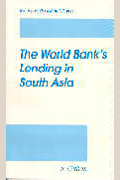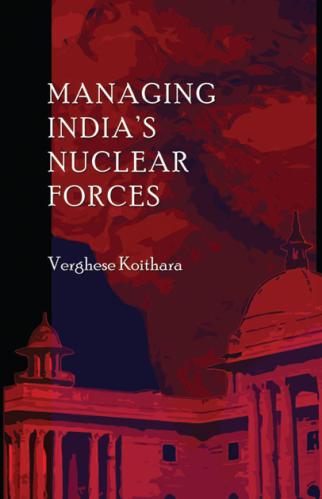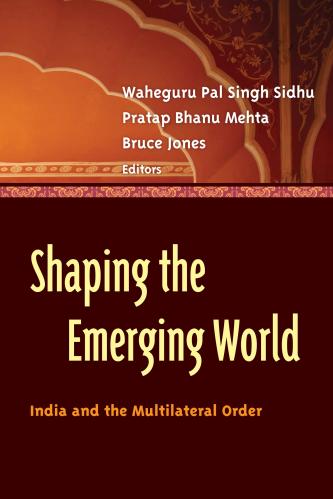Content from the Brookings Institution India Center is now archived. After seven years of an impactful partnership, as of September 11, 2020, Brookings India is now the Centre for Social and Economic Progress, an independent public policy institution based in India.
The SAARC nations face a common energy crisis. Other than Bhutan, they are all deficient in energy. The bulk of their populations do not have secure access and they are vulnerable to the volatility of the international petroleum market. Moreover they are all on the cusp of energy intensive economic growth. The annual consumption of energy of the SAARC region is currently approximately 700 million tons of oil equivalent (mtoe). It is projected to rise to 2000 mtoe by 2030.
The region has vast untapped energy resources. These have not been monetized because of lack of cooperation among the members. Estimates vary, but with the second largest inland water resources in the world and a steep, mountainous topography Nepal could generate up to 40,000 MW of hydro electricity. It currently only generates around 650 MW. Bangladesh could be sitting on huge reserves of gas. Here again, the estimates have varied with politicians taking a conservative tack for concern they might be criticized for failure to produce, and technocrats convinced that with the right combination of incentives and technology Bangladesh could export gas.
The idea of cooperation has been mooted in the past and some progress has been made. The SAARC energy center was set up in Islamabad in 2006 to study and identify possible areas of cooperation around trade, technology transfer, data sharing, renewables and demand management. The center has done good analytic work but none of their ideas have acquired physical traction. This is because it does not have the requisite political support. The board of governors of the center consists of mid- to senior level technocrats whose strength lies in the generation of ideas but not on delivery.
This is a lacuna that now needs to be addressed. Lessons should be drawn from two noteworthy examples of regional energy cooperation – the Indo- Bhutan deal to build the Chuka hydro project and the Soviet Union (Russian) – European gas supply deal. Bhutan agreed to allow Indian engineers and Indian finance to build the dam despite sovereign concerns about dependency on a large and more powerful neighbor. Today Chuka meets the bulk of Bhutan ‘s energy requirements and also provides electricity to several contiguous Indian states. The Soviet Union – European Union Gas supply deal survived the vicissitudes of the Cold War and gas flowed into Europe uninterrupted even at its height. There were two reasons for the success of these two projects. First, they created an interlocking, interdependent and mutually value adding relationship. Second, the signatories established fit for purpose mechanisms for delivery supported at the apex level by political leadership. SAARC leaders need to proceed down a similar path.
At the multilateral level SAARC should look to establish a SAARC technology center. This center should be located in Bangladesh or Nepal (so as to avoid charges of India’s dominance) and it should have a diversified board comprising politicians, businessman, technocrats and Non Governmental Organizations. The objective of the Centre should be to do primary research on clean energy and renewables, and through the dissemination of information build public and political support for multilateral partnerships.
At the bilateral level, there are five potentially win-win value adding projects that should be taken up at the summit. One, the establishment of a thermal power plant financed and located in the Thar Desert of India but fuelled by coal mines across the border in Pakistan. By itself, neither activity would pass economic muster. Together both the mining of coal and the generation of electricity could meet the promoters’ threshold criteria of profitability.
Two, the construction of a power plant in India (Punjab) fuelled by gas piped through the Iran-Pakistan-India pipeline. The electricity generated would be transmitted predominantly to Lahore. Thus were gas supplies choked in Pakistan the consumers in Lahore would bear the brunt.
Three, the supply of petroleum products (petrol, diesel, LPG, kerosene) from the Bhatinda refinery to consumers in Pakistan via a 150 km pipeline built from Jalandhar to the border. Currently Pakistan (Punjab) meets its demand through imports into Karachi and a 1000-plus km petroleum products pipeline from Karachi to Lahore. Sourcing from India would be significantly cheaper. For the Bhatinda refinery the benefit would be access to a larger market and higher capacity utilization and scale economies. A variant, albeit unrelated, idea would be to ship products from the export refineries of Reliance and Essar in Jamnagar to Karachi.
Four, the development of a hydro project similar to Chuka on the Kosi river in Nepal. Dams are controversial but the hydro potential is so huge that the project warrants consideration.
And five, the monetization of Bangladesh gas reserves through the Indian market. There are political blockers but here again the potential gain for both countries is such that the subject should be brought back onto the agenda.
The crisis of energy and environment is such that the leaders must push energy cooperation. India sits at the nub of all potential opportunities and must take the lead.
_______________________________________________________________________________
This chapter is a part of Brookings India’s briefing book, “Reinvigorating SAARC: India’s Opportunities and Challenges.” To view the preface and table of contents, click here.
***
Vikram Singh Mehta is the chairman of Brookings India in New Delhi and a senior fellow at the Brookings Institution. He was previously the chairman of the Shell Group of Companies. His research focuses on energy policy, particularly related to oil and gas.
_______________________________________________________________________________

